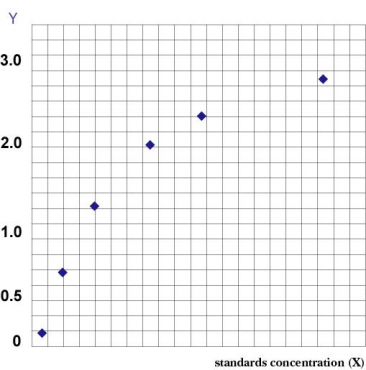Product Details
Product Details
Product Specification
| Usage | Sample Collection, Processing, and Storage Methods: 1. Serum: Use pyrogen- and endotoxin-free tubes. Avoid any cell stimulation during handling. After blood collection, centrifuge at 3000 rpm for 10 minutes to quickly and carefully separate the serum from the red blood cells. 2. Plasma: Anticoagulate with EDTA, citrate, or heparin. Centrifuge at 3000 rpm for 30 minutes and remove the supernatant. 3. Cell Supernatant: Centrifuge at 3000 rpm for 10 minutes to remove particles and aggregates. 4. Tissue Homogenate: Add an appropriate amount of saline to the tissue and mash. Centrifuge at 3000 rpm for 10 minutes and remove the supernatant. 5. Storage: If samples are not tested immediately after collection, aliquot them into single-use aliquots and freeze at -20°C. Avoid repeated freeze-thaw cycles. Thaw at room temperature and ensure that the sample is evenly and thoroughly thawed. Supplies You Need |
|||||||||||||||||||||||||||||||||||
| Sensitivity | 0.1 μg/mL | |||||||||||||||||||||||||||||||||||
| Theory | The kit uses a double-antibody one-step sandwich enzyme-linked immunosorbent assay (ELISA). Samples, standards, and HRP-labeled detection antibodies are added sequentially to microwells pre-coated with immunoglobulin E (IgE) antibodies. The cells are incubated and thoroughly washed. The color is developed using the substrate TMB, which converts to blue under the catalysis of peroxidase and to yellow under the action of acid. The color intensity is positively correlated with the amount of immunoglobulin E (IgE) in the sample. The absorbance (OD) is measured at 450 nm using a microplate reader to calculate the sample concentration. | |||||||||||||||||||||||||||||||||||
| Description | Immunoglobulin E (IgE) is an antibody (or immunoglobulin (Ig) "isotype") found only in mammals. It is synthesized by plasma cells. Its monomers consist of two heavy chains (epsilon chains) and two light chains, with the epsilon chains containing four Ig-like constant domains (Cepsilon 1-Cepsilon 4). It is considered an important component of the immune response against certain parasitic infections, including Schistosoma mansoni, Spirochete spiralis, and liver fluke. It is also used in the immune defense against certain protozoan parasites, such as Plasmodium falciparum. | |||||||||||||||||||||||||||||||||||
| Composition |
Note: The concentrations of standards (S0-S5) are: 0, 500, 1000, 2000, 4000, 8000 ng/mL |
|||||||||||||||||||||||||||||||||||
| General Notes | 1. Store the kit at 2-8°C and equilibrate to room temperature for 20 minutes before use. Crystallization may occur in the concentrated wash buffer after removal from the refrigerator. This is normal. Heat in a water bath to completely dissolve the crystals before use. 2. Immediately return unused strips to the ziplock bag and seal (dry at low temperature) for storage. 3. The S0 standard, with a concentration of 0, can be used as a negative control or blank. When following the instructions, the sample is diluted 5-fold; the final result is multiplied by 5 to determine the actual sample concentration. 4. Strictly follow the incubation times, addition volumes, and order specified in the instructions. 5. Shake all liquid components thoroughly before use. | |||||||||||||||||||||||||||||||||||
| Instructions | This kit is used for in vitro quantitative detection of mouse immunoglobulin E (IgE) content in serum, plasma, tissue homogenate and related liquid samples. | |||||||||||||||||||||||||||||||||||
| Storage Temp. | 2-8℃, valid for 6 months. | |||||||||||||||||||||||||||||||||||
| Test Range | 0.75ug/mL-12μg/mL |



